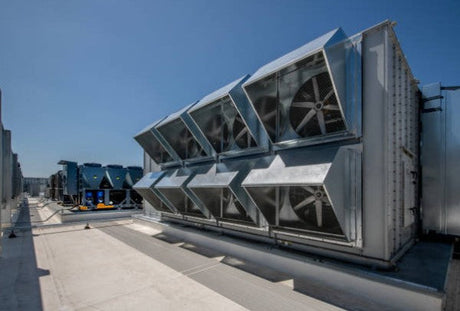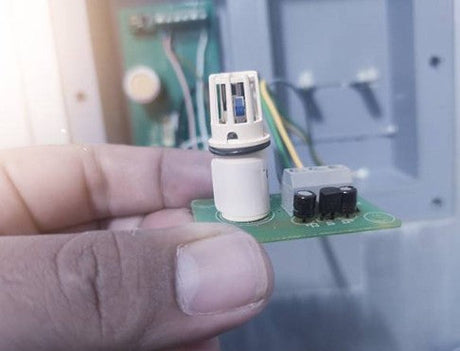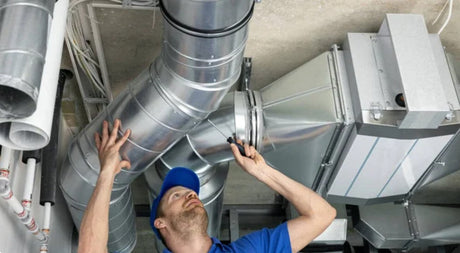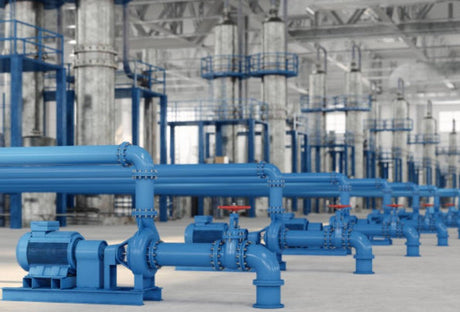The careful selection of a Pressure sensor is of critical importance for precision and reliability in many technical and industrial scenarios. Pressure sensors play a central role by converting physical pressure into a measurable electrical signal that is used for control, process monitoring or research purposes. Whether in process control, automation or in research and development - the choice of the right pressure sensor can significantly ensure success or increase the risk of malfunctions.
Understanding the technical requirements
The decision as to which pressure sensor is best suited for your specific needs depends on a thorough analysis of the technical requirements. Start getting clarity about the type of pressure to be measured:
- Relative pressure: Is a comparison to atmospheric pressure required, for example in hydraulic systems?
- Differential pressure: Do differences between two pressure points have to be recorded in one system, such as in ventilation systems?
- Absolute pressure: Is a reference to the vacuum required, such as in meteorological measurements?
The selection of measurements is crucial. A good sensor covers the maximum expected printing area, but has a certain reserve capacity to manage unexpected tips without compromising on precision. When choosing accuracy, you should also take into account the long -term stability and temperature compensation behavior of the sensor in addition to the resolution.
Analysis of the operating conditions
The ambient conditions around the sensor should also be considered:
- temperature: Can the sensor the ordered Temperatures withstand without losing accuracy?
- moisture: Is the sensor protected from moisture, which could be critical in certain environments such as waterworks or shipbuilding?
- Chemical resistance: Is the sensor resistant to aggressive media such as acids or lye?
- Mechanical loads: Is the sensor suspended, vibrations or other mechanical effects exposed?
The output signals of the sensor must be compatible with the control and monitoring systems. Analog signals such as 4-20 mA are popular against disorders due to their simple integration and robustness. Digital signals, on the other hand, offer extended diagnostic options and are often more precise.
Required norms and standards
In certain industries, pressure sensors must meet specific standards and certifications, be it for reasons of security or to comply with quality standards. ATEX certifications For use in potentially explosive atmospheres or food standards, which ensure easy cleaning and harmlessness of the materials, it may be necessary.
Considerations for installation and maintenance
Also think of practical aspects such as the location and the process connection to ensure that the sensor can be properly integrated into your system. A simple calibration and maintenance option contributes to the long-term reliability of the sensor.
Costs and availability
A cost-benefit analysis of the purchase is essential. Take into account not only the purchase price, but also long -term operating costs, which can arise from maintenance, calibration or the exchange of components. Make sure that the required accessories - connection cables, adapters, protective housing - are available and complements the overall functionality of your system.
By exercising care and prudence when choosing your pressure sensor, you can optimize both the effectiveness and the safety of your systems. Find cooperation with renowned manufacturers and use their specialist knowledge and support offers to make the best possible decision for your application. A well-founded decision-making process is an essential step to ensure that your measurement and control systems work reliably and efficiently and thus support the constant success of your projects.






